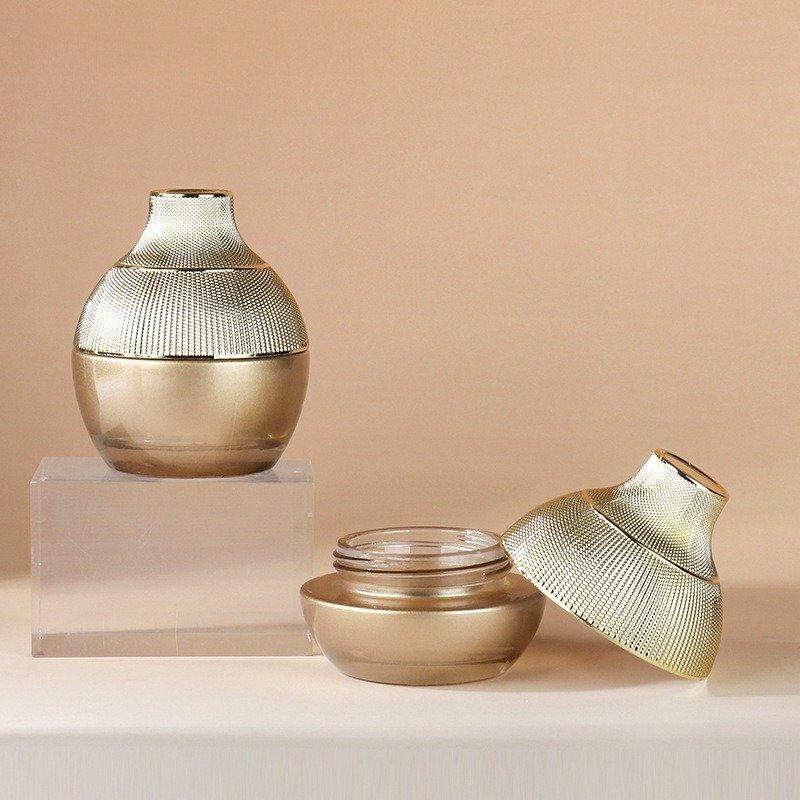When purchasing cosmetic bottles or jars, buyers often encounter measurements in milliliters (mL) and grams (g). Understanding the difference between these units is crucial for selecting the right packaging for creams, serums, lotions, and other beauty products.

This article explores:
✔ The difference between mL and grams
✔ How density affects cosmetic packaging
✔ Choosing the right size for your product
✔ Conversion tips for cosmetic formulations
mL vs. Grams: What’s the Difference?
| Measurement | What It Represents | Best For |
|---|---|---|
| Milliliters (mL) | Volume (space occupied) | Liquids (e.g., serums, toners) |
| Grams (g) | Weight (mass of the product) | Thick creams, balms, waxes |
- mL measures volume – how much space a product occupies.
- Grams measure weight – how heavy a product is.
For water-based products (like toners or light serums), 1 mL ≈ 1 gram. However, thicker formulations (like creams or butters) may weigh more due to higher density.
Why Does Density Matter in Cosmetic Packaging?
Density determines how much a product weighs per unit of volume. For example:
| Product Type | Density (g/mL) | 50 mL Jar Weight |
|---|---|---|
| Water-based serum | ~1.0 | ~50g |
| Thick moisturizer | ~1.2 | ~60g |
| Shea butter | ~0.9 | ~45g |
✅ Key Takeaway: A 50 mL jar may hold different weights depending on the formula.
How to Choose the Right Cosmetic Bottle or Jar
1. For Liquids (mL Preferred)
- Serums, toners, essences – Use dropper bottles or airless pumps (e.g., 30 mL, 50 mL).
- Shampoos, body washes – PET or HDPE bottles (250 mL, 500 mL).
2. For Creams & Butters (Grams Preferred)
- Night creams, balms – Jars or tubes (e.g., 50g, 100g).
- High-density products – Ensure the jar can handle the weight without deformation.
3. Labeling Requirements
- US & EU regulations often require net weight (grams) for solids and volume (mL) for liquids.
- Always check FDA or EU cosmetic guidelines for compliance.
Conversion Chart: mL to Grams for Common Cosmetic Ingredients
| Ingredient | Density (g/mL) | 100 mL in Grams |
|---|---|---|
| Water | 1.0 | 100g |
| Aloe Vera Gel | 1.1 | 110g |
| Coconut Oil | 0.92 | 92g |
| Silicone | 0.97 | 97g |
| Honey | 1.4 | 140g |
💡 Tip: Use a digital scale for precise measurements when filling containers.
Common Mistakes in Cosmetic Packaging Selection
❌ Assuming 1 mL = 1 gram for all products (only true for water-thin formulas).
❌ Choosing jars based only on mL (thick creams may overflow if weight isn’t considered).
❌ Ignoring fill levels (cosmetic jars should have 10-15% headspace to prevent leaks).
Conclusion: Should You Use mL or Grams for Cosmetic Packaging?
- For liquids (toners, serums) → Focus on mL.
- For creams, balms, waxes → Focus on grams.
- Always check density if your product is thicker than water.
By understanding mL vs. grams, cosmetic packaging buyers can make smarter decisions, reduce waste, and ensure compliance with industry standards.
📌 Need help choosing the right packaging? Contact us for custom cosmetic bottles & jars tailored to your product’s needs!

